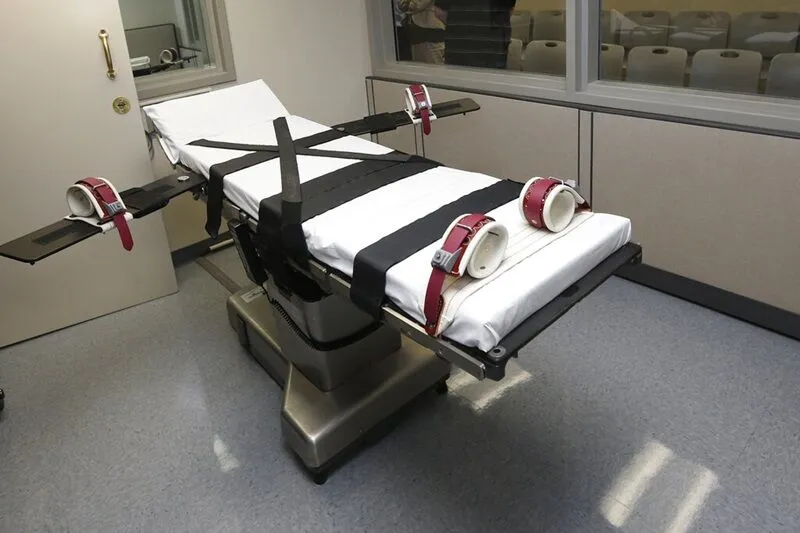What is Nitrogen asphyxiation? Alabama prepares for US’s first nitrogen-gas execution
On Thursday, Alabama plans to carry out its first execution using nitrogen hypoxia. This would make it the first time a U.S. state has used nitrogen asphyxiation for capital punishment.
The inmate, Kenneth Smith, was convicted of murdering Elizabeth Sennett in 1988. He has been on death row for over 30 years. Smith was originally scheduled for lethal injection in November but it was botched, leaving him strapped to the gurney for hours. He claims this traumatic experience has caused him ongoing PTSD.
Despite his pleas that he is still suffering psychological effects, the state is moving forward with another execution, this time using nitrogen hypoxia. The process involves depriving the person of oxygen by forcing them to breathe pure nitrogen through a gas mask.
Medical experts have raised concerns about the humaneness and safety of this untested method. Anesthesiologist Dr. Joel Zivot said nitrogen asphyxiation could induce vomiting and potentially cause the person to choke to death if the mask slips. It may also trigger seizures.
If carried out, it would mark the first time any jurisdiction has used nitrogen gas for an execution. However, there are no established protocols for how it would be administered humanely. Kenneth Smith’s lawyers and death penalty opponents argue he could suffer greatly in the process.
The Supreme Court has declined to halt the execution, paving the way for Alabama to pioneer the application of nitrogen hypoxia in executions on January 25th. However, the controversy around its use points to larger questions regarding death penalty methods and their cruelty.



Comments
Post a Comment